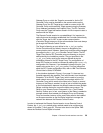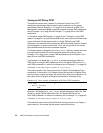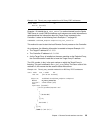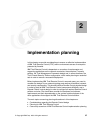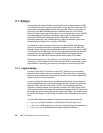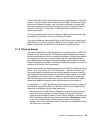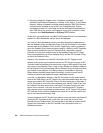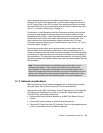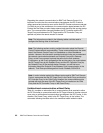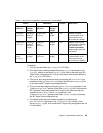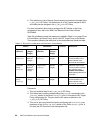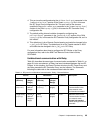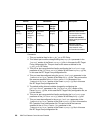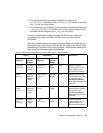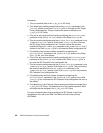
Chapter 2. Implementation planning 61
Having decided where to place the different components, you need now to
decide on the Parent-Child relationship. In other words, to define which one of
the RC Target Proxy or the RC Controller Proxy must be the Parent and which
one must the Child. For more information about the Parent-Child concept, refer
to the 1.1.4, “Parent-Child concept” on page 10.
Furthermore, in both Standalone and Non-Standalone solutions, you must get
the security rules defined to manage these secure network zones from your
enterprise Security Officer. These rules define which type of communication you
will be able to use to cross the firewalls (bidirectional or unidirectional), and
which network zone the communication could be initiated from. For more
information about the different type of communication, refer to the 1.1.5, “Proxy
connection types” on page 11.
As soon as you know which type of communication you are able to use, you
need to define the Source and the Destination of the communication and, of
course, the network ports that will be used to communicate. The following section
provides a list of communication ports for either a bidirectional or unidirectional
communications. This information should be discussed with the Security Officer
and documented as new firewall policies within your enterprise standard Security
documentation.
2.1.3 Network considerations
IBM Tivoli Remote Control Proxies encapsulate the Tivoli proprietary protocol
using the Hyper Text Transfer Protocol (HTTP) for communication.
When planning your IBM Tivoli Remote Control Proxy solution, you should take
the following as considerations in order to improve RC Target Proxy and RC
Controller Proxy networking performance:
Introduce high-speed network adapters on all IBM Tivoli Remote Control
Proxies.
Use local file system storage for binaries, libraries and data.
Place the RC Target Proxy and RC Controller Proxy in a high-speed segment
so that it could faster serves the different requests.
Note: The terms bidirectional and unidirectional communication can be
misleading sometimes. In the context of this redbook, they refer to the
communication initiation step. Unidirectional communication between two
components means that the communication can only be initiated by one of the
components. Bidirectional communication between two components means
that the communication can be initiated by either one of the components.



